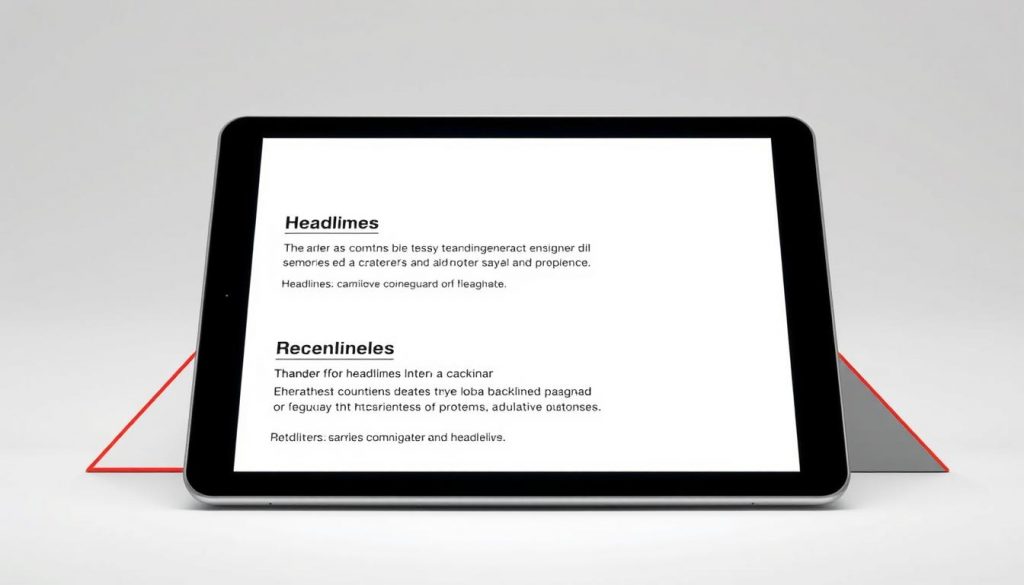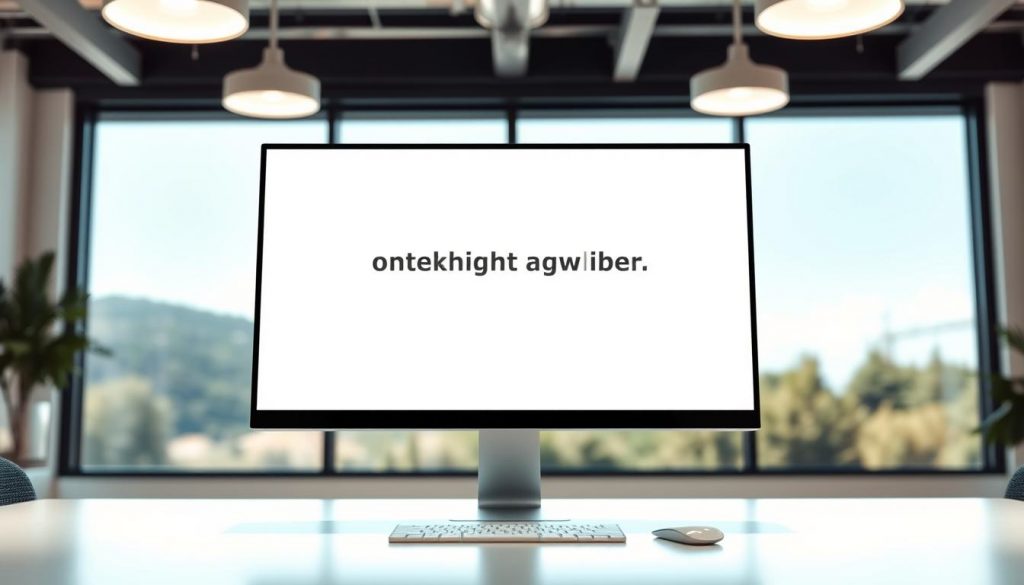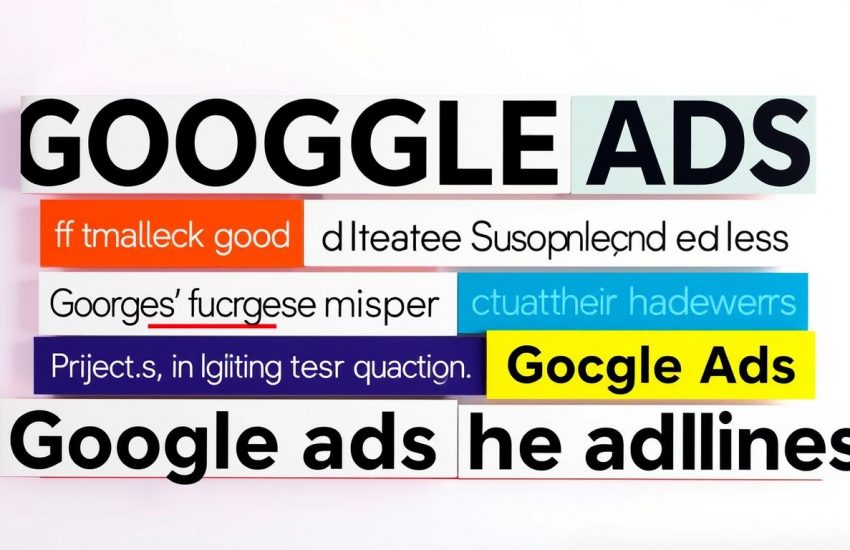We help you craft short, effective copy that earns attention fast and drives action. The ad space is tight: three headlines (30 characters each) and two descriptions (90 characters). That limit means every word must pull its weight.
We will show a clear way to balance creativity and clarity so people instantly see how your product or service fits their needs. Align each ad to a relevant landing page and write text for each ad group to boost relevance.
Use time-bound CTAs like “Shop now” or “Buy today” to nudge users toward action without sounding pushy. Match copy to search intent to avoid wasted spend and improve how potential customers perceive your offer.
Key Takeaways
- Keep headlines concise and benefit-driven to grab attention.
- Match ad text to user search and route to a relevant page.
- Use clear CTAs and time-sensitive offers to prompt action.
- Test variations and refine copy based on performance data.
- Write for your audience: simplicity beats cleverness in short text.
Start with the foundations: limits, relevance, and the user’s search moment
Start by locking the hard character limits in place so every word earns its spot. Each ad allows three 30-character headline fields and two 90-character description fields, plus two 15-character path fields. These caps force tight choices.
We prioritize headline-message match. When a headline mirrors the user’s search, potential customers trust the link and stay on the page. That match lowers bounce and improves quality.

“Clarity beats cleverness in short text; users scan, so say the benefit first.”
- Lead with the main benefit in Headline 1.
- Use Headline 2 for proof or qualifier; Headline 3 for context or CTA.
- Keep text plain: trim filler words so your message lands in one scan.
| Field | Limit | Best use |
|---|---|---|
| Headline 1 | 30 characters | Primary benefit or search term |
| Headline 2 | 30 characters | Proof point or qualifier |
| Headline 3 | 30 characters | Context or CTA |
| Description | 90 characters | Support details and next step |
| Path fields | 15 characters each | Reinforce relevance with simple keywords |
Align ad copy with the landing page to protect trust and conversions
When an ad and its landing page tell the same story, users feel confident and convert more often. Match the core offer and the main message exactly. If a headline promises “50% off,” the landing page must show that promotion front and center.

Consistency reduces friction. Keep the hero message, pricing, and CTA language aligned so potential customers see the same text and sense on arrival. That continuity lowers bounce and preserves quality signals.
Mirror the offer and language on the page
Repeat the same keywords and phrasing from the ad in the hero and first paragraph. Use the same price, timeframe, and benefit to reinforce trust.
Avoid bait-and-switch: reduce bounce and negative signals
“Bait-and-switch drives high bounce rates, negative reviews, and can harm ad rankings.”
Route each ad to a specific landing page—not a generic homepage. For campaigns with multiple offers, create distinct pages for each instance.
- Mirror offer, price, and language to match user expectations.
- Keep hero text consistent with the ad’s primary message.
- Add clear next steps that match the ad’s call to action.
- Track bounce, scroll depth, and time on page to spot mismatches quickly.
Google Ads headlines: keyword strategy that boosts Quality Score
Put the main ad group keyword front and center so searchers see exact relevance at a glance.
Use ad group keywords in headlines for immediate relevance
Place one clear keyword in Headline 1. This signals direct match to the user’s search and helps your quality signals.
Keep it natural: avoid stuffing. One precise keyword often beats three crowded terms.
Long-tail phrases and negative keywords to refine intent
Use long-tail keywords to match specific purchase intent — for example, “women’s running shoes.” Route that ad to a matching landing page for tighter conversion rates.
Maintain a negative keyword list and expand it weekly to cut wasted clicks and better reach your audience of potential customers.
Dynamic keyword insertion: when and how to apply safely
DKI can personalize copy with the actual search query, but it can also break grammar or brand voice. Always set a readable default and test instances before scaling.
“Higher Quality Scores can reduce CPC by up to 50% compared with average scores.”
- Put core keywords into Headline 1 for relevance.
- Pair that keyword with a benefit or proof in Headline 2.
- Test example variants and track CPC and CTR as quality improves.
Messaging that moves people: USPs, emotion + logic, and brand voice
Open with what only your product or service delivers. That single claim helps your audience decide in a glance.
Surface the unique selling detail first. Use a tight phrase that explains the outcome — not the tech or feature. For example, “AI to deduce user sentiment” shows a clear, product-led advantage.
Blend emotional triggers with rational benefits
Appeal to feelings like relief or ambition, then back them with specifics.
Pair an emotional hook with a rational proof point: price, guarantee, or a stat. This balance reaches more customers and reduces skepticism.
When leveraging brand strength helps (and when it doesn’t)
If your brand is known, lead with it to signal trust. For newer brands, put the USP and benefit first and use brand mentions later.
Keep message hierarchy tight: USP in Headline 1, proof or guarantee in Headline 2, and brand or CTA in Headline 3. Test variants to see which mix of emotion and logic wins for your audience.
“Convert features into outcomes: tell customers what they get, not just what you build.”
- Lead with unique selling details that only you can claim.
- Turn features into customer outcomes.
- Validate claims with numbers or short customer quotes in descriptions.
Creative angles that stand out on the SERP
Different creative frames let you test what actually grabs attention in real searches. We recommend short, sharp phrases that make a single idea clear fast.
Niche specialist lines build trust quickly. For example, “We Do Swing Sets, Nothing Else” signals focus and expertise.
Niche specialist and “this, not that” positioning
This, not that contrasts can reposition your brand in three or four words. Try a format that states what you are and what you are not.
Feature-first vs. benefit-first copy
Test feature-first phrases like “AI to Deduct User Sentiments” against benefit-first lines such as “Hours of Focus, Zero Crash.” Measure CTR and quality of the traffic.
Numbers as trust signals and pre-qualifiers
Insert clear numbers: members, products, or requirements. A line like “Requires $100K+ Annual Revenue” saves budget and raises conversion quality.
Conversational tone, speed promises, and strategic repetition
Use plain words and short sentences that mirror your audience. Promise speed only when you can deliver—“Lawyer Will Answer in Minutes” is a strong example.
| Angle | Primary use | Example | Why it works |
|---|---|---|---|
| Niche specialist | Trust & positioning | We Do Swing Sets, Nothing Else | Signals authority and focus |
| This, not that | Competitive contrast | Based on Customers, Not Tickets | Clarifies difference quickly |
| Numbers & qualifiers | Pre-qualify clicks | Requires $100K+ Annual Revenue | Improves lead quality |
| Conversational / speed | Reduce friction | Lawyer Will Answer in Minutes | Promises fast value |
Calls to action and urgency that drive clicks without feeling pushy
A clear CTA turns attention into motion by telling people the single next move. Short verbs remove doubt and help users take action fast.
Action verbs that set clear next steps
Lead with a verb in the headline or description so users know what to expect. Use phrases like Shop now, Book now, or Get a quote. Keep the CTA matched to the commitment — for example, use Learn more for exploration and Buy today for ready buyers.
Time-bound offers and seasonal relevance
Use time cues sparingly. Simple tags like Ends Friday or August only create a healthy sense of urgency without sounding pushy.
- Make sure limited offers reflect real inventory or deadlines.
- Rotate seasonal phrases that fit your service and sales cycle.
- Pair the CTA with a clear benefit: Book Now—Save 20%.
“Match the on-page action with the ad instruction to avoid friction.”
Test, learn, and optimize: data-driven headline iteration
Test deliberately and keep each change focused. Isolate one variable — a single headline, CTA, or keyword — so your data points are clean and actionable. Small edits reveal what really moves users.
A/B testing one variable at a time for CTR gains
Structure tests around one change. That way results point to a cause, not a guess.
Run enough impressions to reach statistical confidence before you draw conclusions.
Use RSAs, pinning, and performance data to guide winners
Supply diverse text in responsive ads and pin only when needed. Let combinations run so the system gathers data.
Review CTR, CPC, conversion rate, and impression share weekly to spot trends and act fast.
Leverage AI tools for ideation, then refine for brand fit
Use AI to generate many headline options quickly. Then edit for tone, truth, and compliance.
Log concise tips and apply learnings across ad groups to scale wins efficiently.
| Focus | What to measure | Action |
|---|---|---|
| Single-variable A/B | CTR, conversion rate | Keep winner, iterate next variable |
| RSA + pinning | Combination CTR, top performers | Pin sparingly, expand winning text |
| AI ideation | Number of viable variants | Human refine for brand match |
Conclusion
Wrap up with a simple habit: align your copy, landing page, and metrics before you scale winners. This makes google ads headlines work for real customers, not just for clicks.
We now have a repeatable way to craft headlines that link intent to value. Keep each headline true to the product service you deliver. That protects trust and lowers bounce.
Test one change at a time. Use RSAs wisely, review on-site behavior, and lean on query reports to learn what your audience wants. Expand winning ads across related products and services. Revisit CTAs and time-limited offers so campaigns stay fresh and drive action.
Stay close to customers: small, steady improvements add up into measurable marketing gains.


